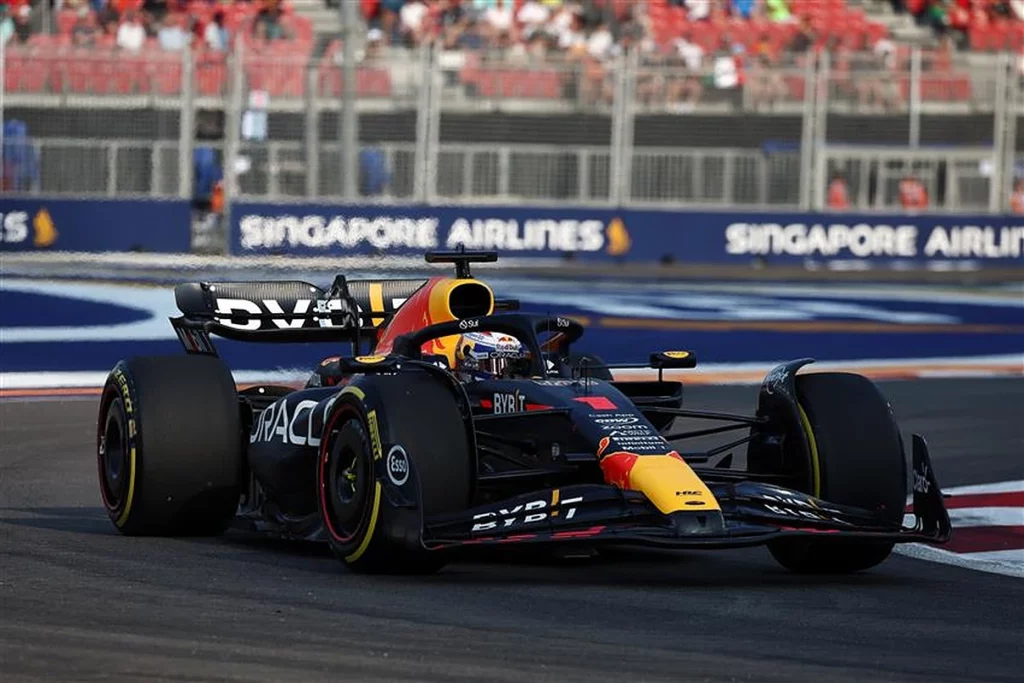Red Bull have taken an aggressive approach to overhauling its car for the upcoming season, drawing inspiration from designs previously favoured by Mercedes.
Notably, they have incorporated high gulleys along the engine cover and minimalist sidepods, with a vertical inlet reminiscent of Mercedes’ earlier zeropod version.
Red Bull plans to introduce an even more extreme sidepod solution tailored for cooler races early in the season, potentially reducing airflow to its radiators further.
This move towards Mercedes-inspired concepts has sparked intrigue, yet Helmut Marko, the team’s motorsport advisor, offers a note of caution.

READ: Geri Horner ‘broken’ as Red Bull turn up the pressure against Christian
Marko acknowledges the impressive wind tunnel performance of Mercedes’ zeropod solution but highlights the discrepancy between theoretical and real-world outcomes.
He stresses the significance of the Bahrain tests in determining the viability of Red Bull’s approach in practice.
Commenting on the adoption of a concept Mercedes eventually discarded, Marko remarks, “They were also convinced by the data of their sidepod-less concept, but in practice, it didn’t work at all.”
The upcoming tests will reveal whether Red Bull can successfully implement a similar solution.
Marko acknowledges Red Bull’s less extreme approach compared to Mercedes but emphasises a shared direction in terms of the underlying idea.
He notes Adrian Newey’s preference for radiator-less cars, albeit recognising the constraints imposed by engine requirements.
READ: Martin Brundle responds to Lewis Hamilton
The launch car serves as the foundation for the RB20, the team’s vehicle for the upcoming season.
Marko lauds the significant improvements made to last year’s dominant RB19, describing the changes as “more than an evolution” and heralding a “small revolution.”
He expresses confidence in the simulation and wind tunnel testing, indicating a positive outlook for the forthcoming season.

